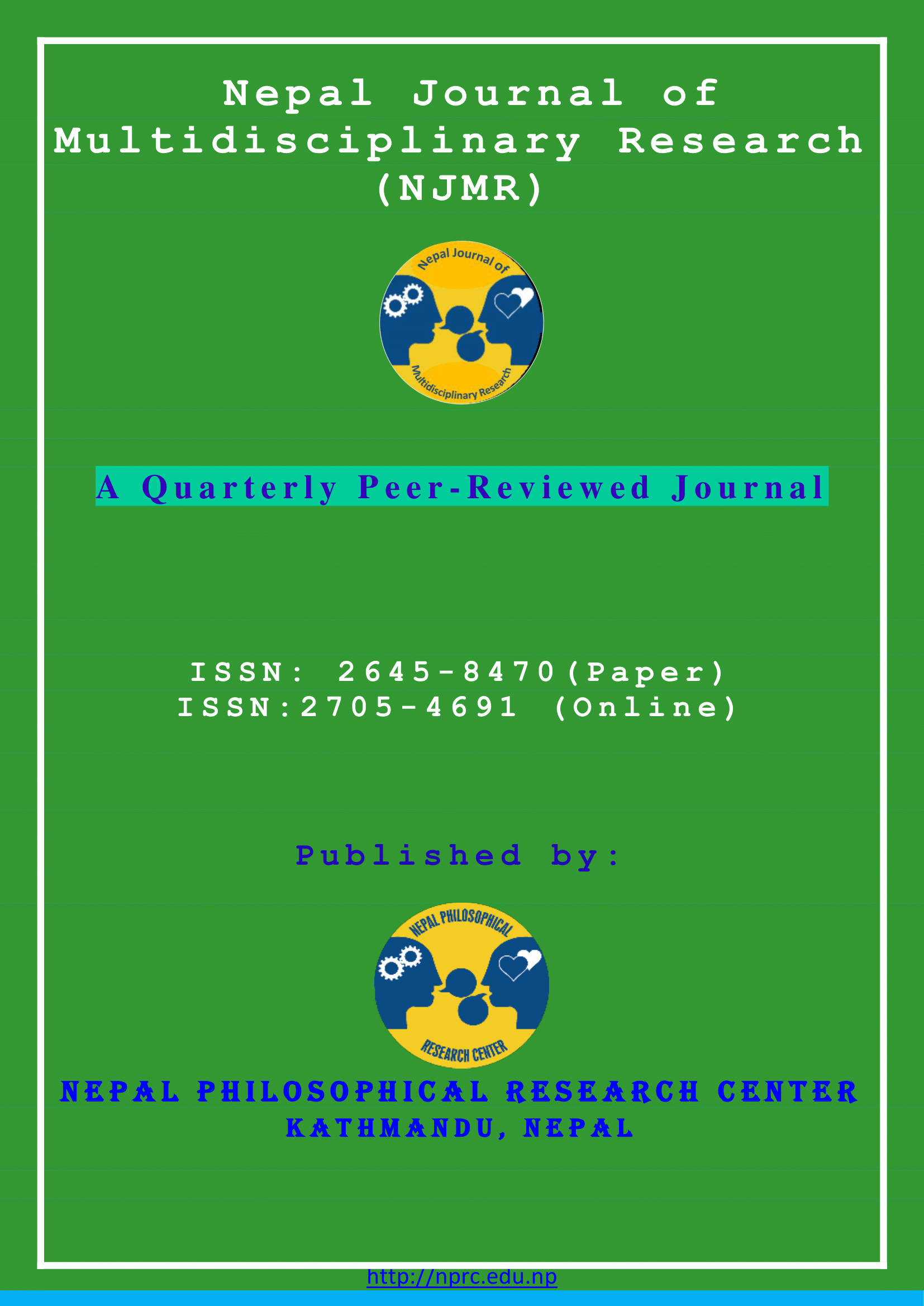Success Models of Information Technology Outsourcing
DOI:
https://doi.org/10.3126/njmr.v3i2.33022Keywords:
critical success factors, IT Outsourcing, Outsourcing Models, systematic literature review, vendorAbstract
Outsourcing is described as the strategic use of external resources to carry out tasks that have traditionally been performed by internal staff and resources. It is considered to be the best-known phenomena of modern times and business strategy to drive the global economy. Outsourcing offers enormous benefits to companies only if the outsourcing decision is correct and factors that affect the outsourcing decision are adequately considered, otherwise irreparable harm may be caused. A study to identify the critical success factors of IT outsourcing in Nepal from the vendor's perspective has been initiated. This study examines different models about the effectiveness of outsourcing for the reason. All these models have their own advantages and drawbacks, so a careful review is important to reach at conclusions for the organizations that wish to follow such models. This article is based on4 comprehensive literature review of the success factors for outsourcing that led to the discovery of six different outsourcing models. The study has reviewed Leavitt’s model, McKinsey 7-S framework, The Nadler-Tushman Congruence Model, Technology Acceptance Model, DeLone and McLean's IS-Success Model and IS-Impact Model. Revised DeLone and McLean Model of Information Systems Success, however, are widely debated and considered to be the most promising.
Downloads
Downloads
Published
How to Cite
Issue
Section
License
This license enables reusers to distribute, remix, adapt, and build upon the material in any medium or format for noncommercial purposes only, and only so long as attribution is given to the creator.




